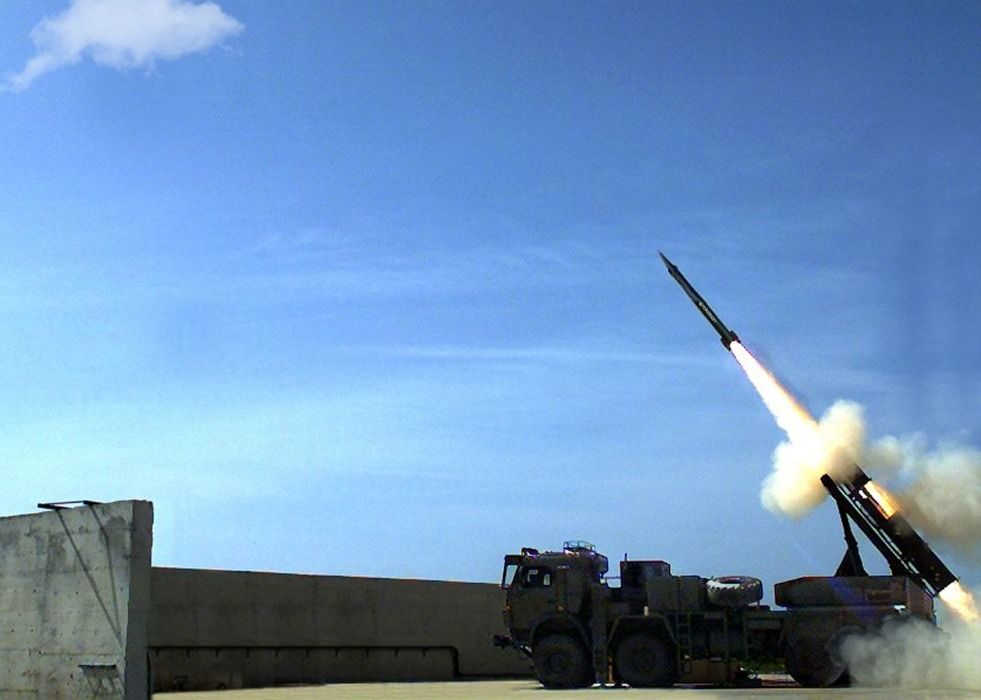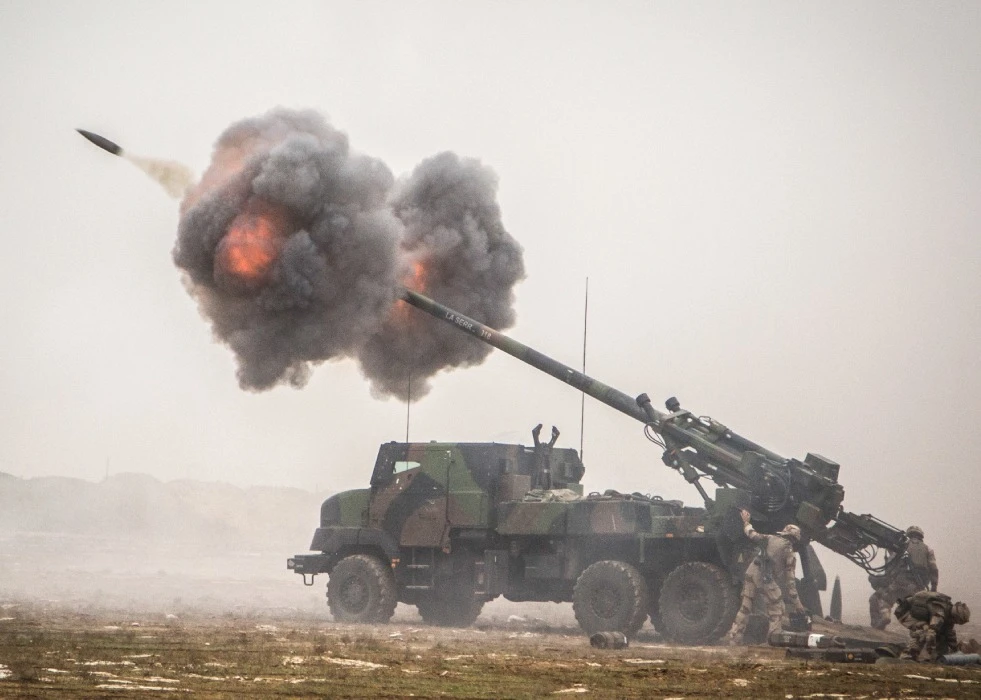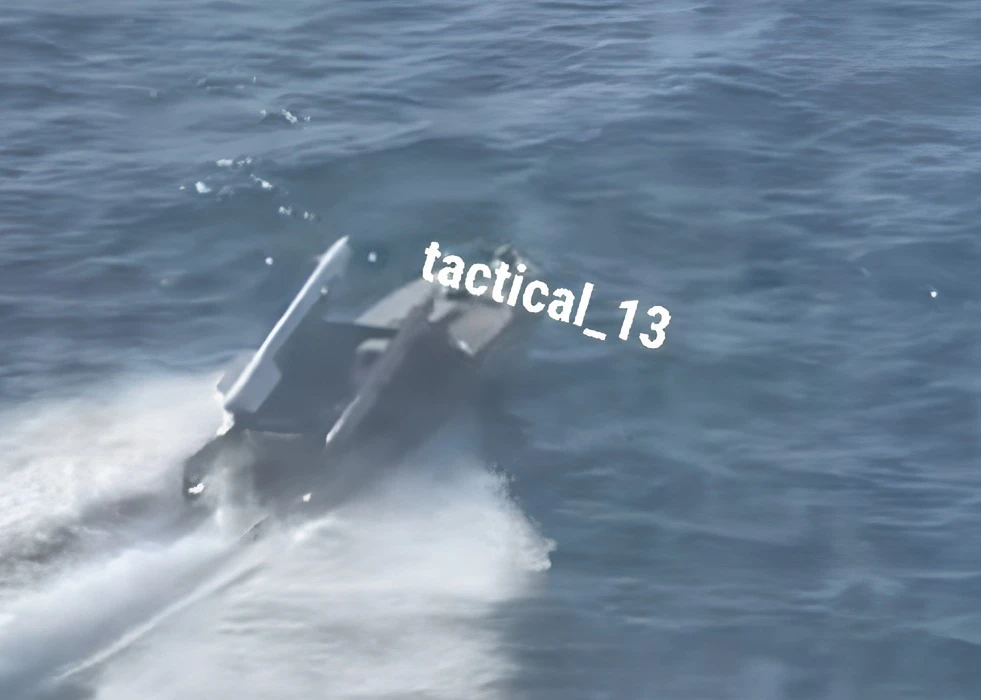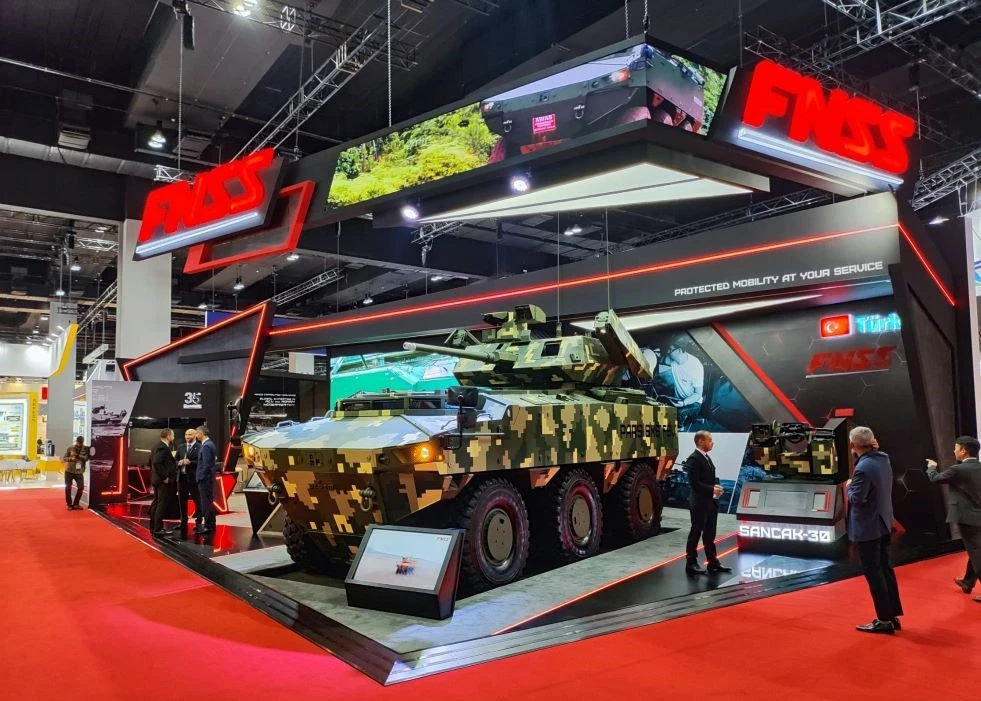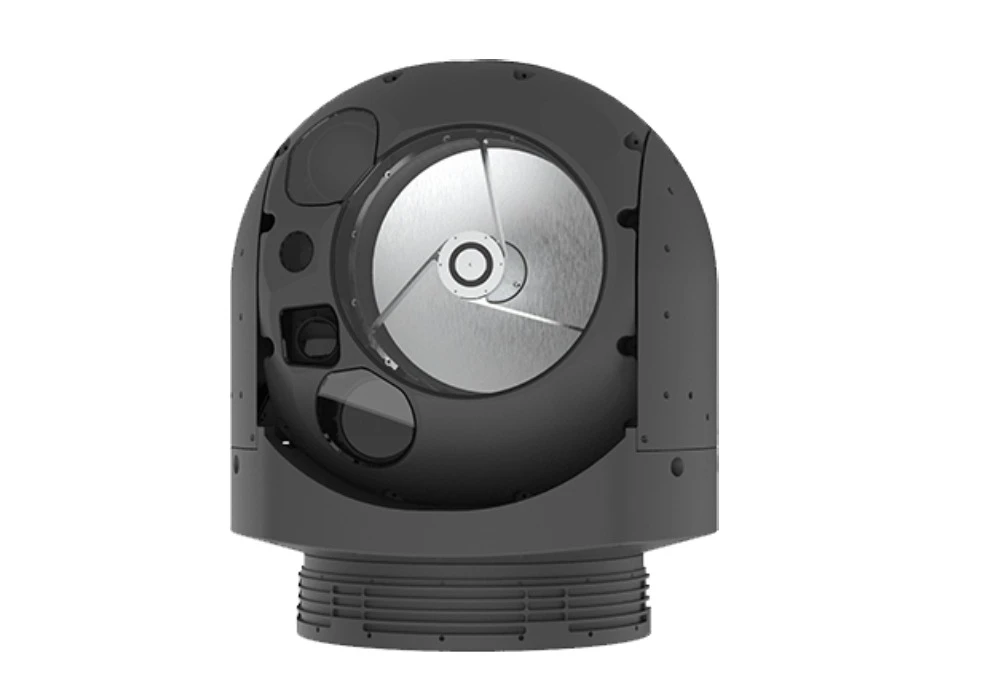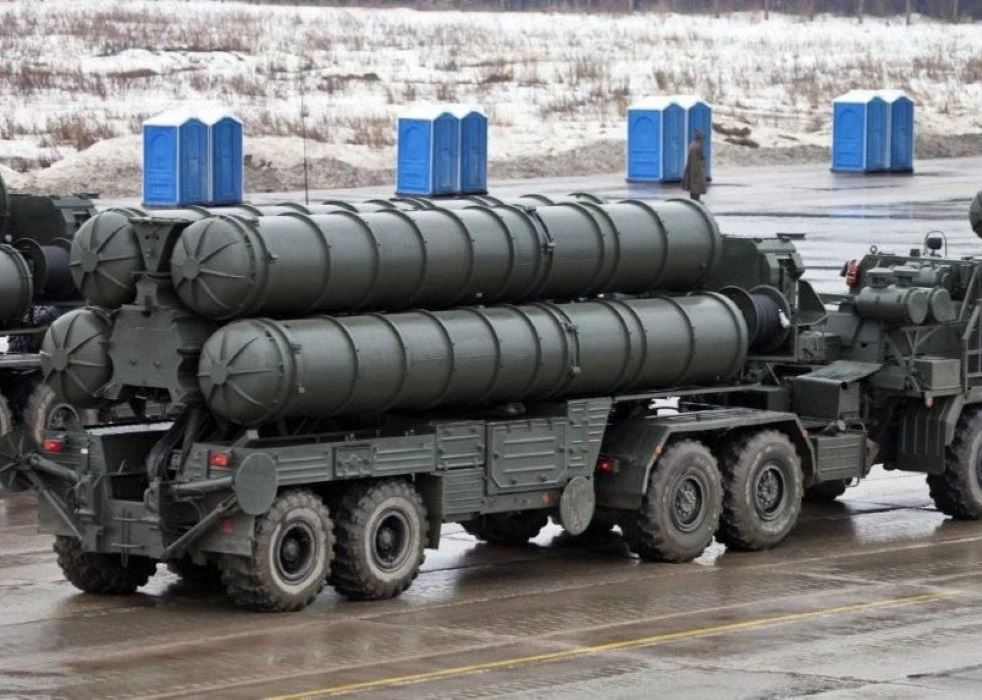The new munitions from ROKETSAN will upgrade the current capabilities or add new ones to the Turkish Armed Forces in critical areas.
TAYFUN will be the longest-ranged ballistic missile with ranges pushing towards the boundary between SRBM and MRBM regimes.
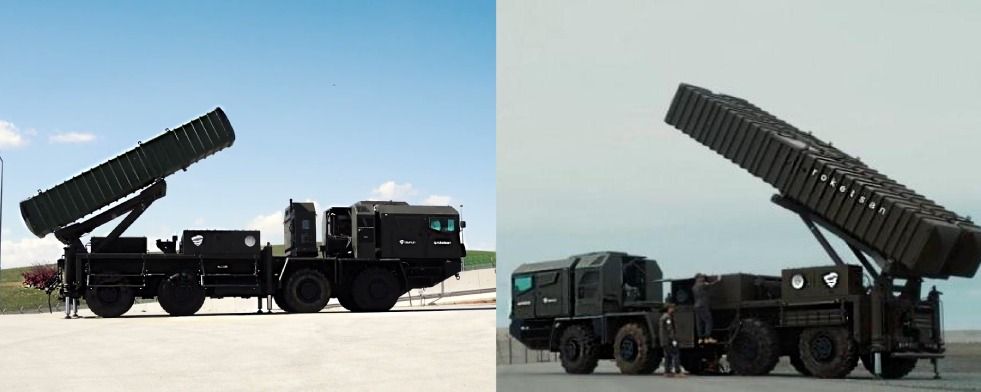
TAYFUN was spotted to have two versions. The first one is compatible with BORA ballistic missile’s canisters size-wise, which are about seven meters long. The second one is longer, approximately nine meters in length, and is fired from a larger 8x8 vehicle named BOZAT.
The missile reached a range of 564 km during the first announced firing test, and longer ranges are planned for the missile. During an interview with TRT, ROKETSAN CEO Murat İkinci revealed some other features and plans for the missile such as mid-flight manoeuvering capability and launch capability from naval platforms. He added that TAYFUN will be developed in multiple configurations for different mission profiles.
TRG-230 230 mm artillery rocket is the third addition after 122 mm TRG-122 and 300 mm TRG-300 guided artillery rockets, both used on ROKETSAN’s modular MLRS launcher unit. The rockets carry a 42 kg warhead that can range up to 70 km. In addition, TRLG-230, which adds laser guidance to GPS+INS guidance, was also developed. Up to 12 TRG/TRLG-230 rockets can be carried per vehicle.
To compare with other options, TRG-300 rockets can be carried per vehicle with different ranges and warheads (180 kg warhead and 90 km range for Block II; 105 kg warhead with 120 km range for Block III). The carriage count increases to 40 with TRG-122 with a range of 30 km and 13.5 kg warhead.
TRG-230 family can be defined as the balance between TRG-122 and TRG-300 in terms of carriage capacity per vehicle and impact. The intermediate-calibre artillery rockets were spotted in Bangladesh and Azerbaijan (as TRLG-230) through local media coverage.
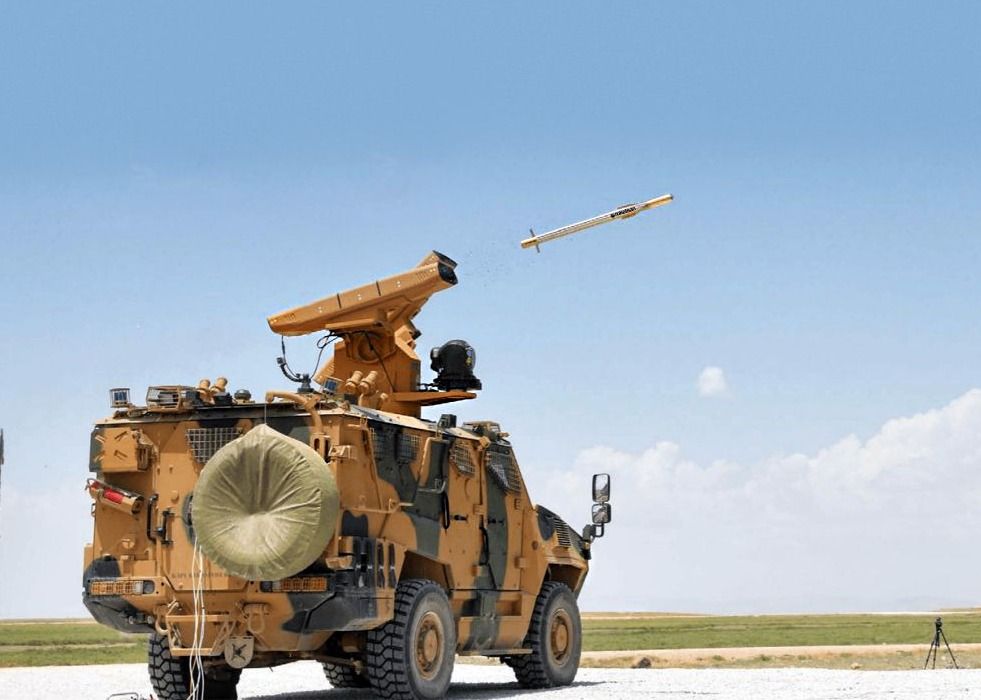
SUNGUR is a new generation MANPADS fitted with IIR guidance. The missile was first fired from a BMC VURAN 4x4 tactical wheeled vehicle’s turreted 2x2 launcher. SUNGUR was later tested in shoulder-fired configuration, shooting down a high-speed target drone.
The missile’s two-stage rocket motor allows for increased terminal performance with a range of up to 8 km.
SUNGUR surpasses the current in-service FIM-92 Stinger missiles in terms of guidance and range. The difference between the two missiles’ guidance is that Stinger missiles lock on the heat while IIR seekers, mostly used on modern air-to-air missiles, track the image of the target in addition to heat, increasing the resistance against countermeasures.
Following the land vehicle integration and shoulder-fired configurations, SUNGUR will also be integrated on Baykar’s Bayraktar TB2, AKINCI and Bayraktar TB3 armed UAVs. AKINCI was displayed with two-tube launchers, but Bayraktar TB3 was displayed with a single-tube launcher during UMEX 2024.
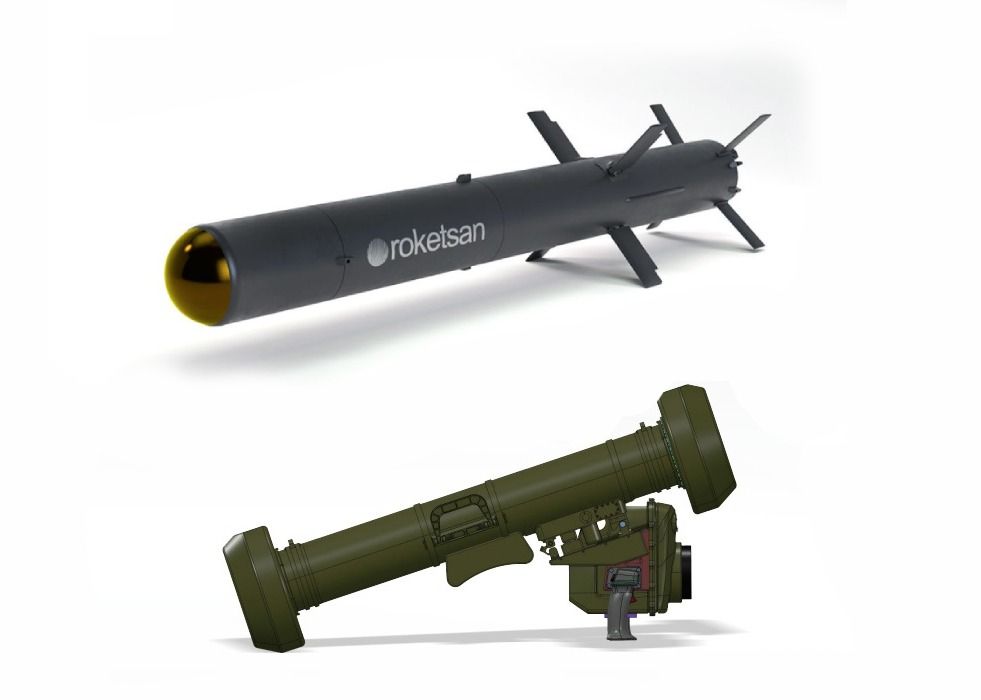
KARAOK anti-tank missile will answer the need for a shoulder-fired modern anti-tank missile. The IIR-guided missile has a maximum range of 2.5 km and carries a tandem-shaped charge warhead to defeat armour protected by explosive reactive armour layers. The total weight of the missile and tube is less than 16 kg.
For most of the time, the infantry-based anti-tank capability has been provided by tripod-mounted ATGMs and shoulder-fired unguided rockets. Tripod-mounted systems are hard to carry around, while unguided rockets/RPGs lack the range and precision of the former. The introduction of KARAOK will provide a combination of lethality and mobility.
As reported by Defense News, KARAOK’s first export customer is Malaysia. A total of 108 KARAOK ATGMs will be delivered to Malaysia.

